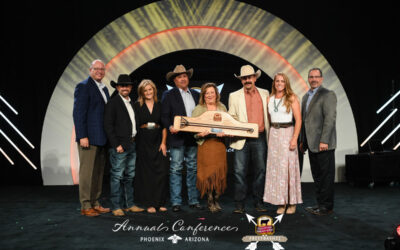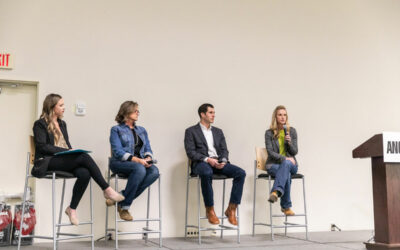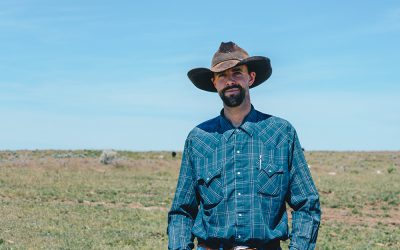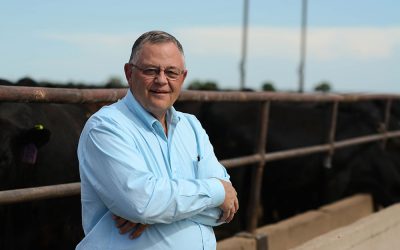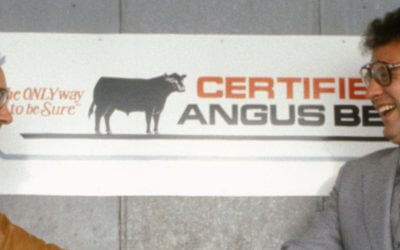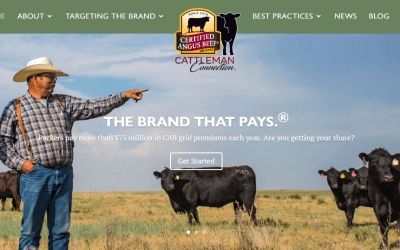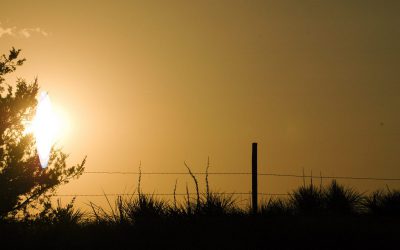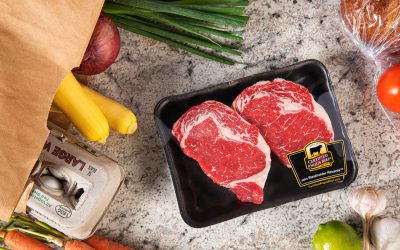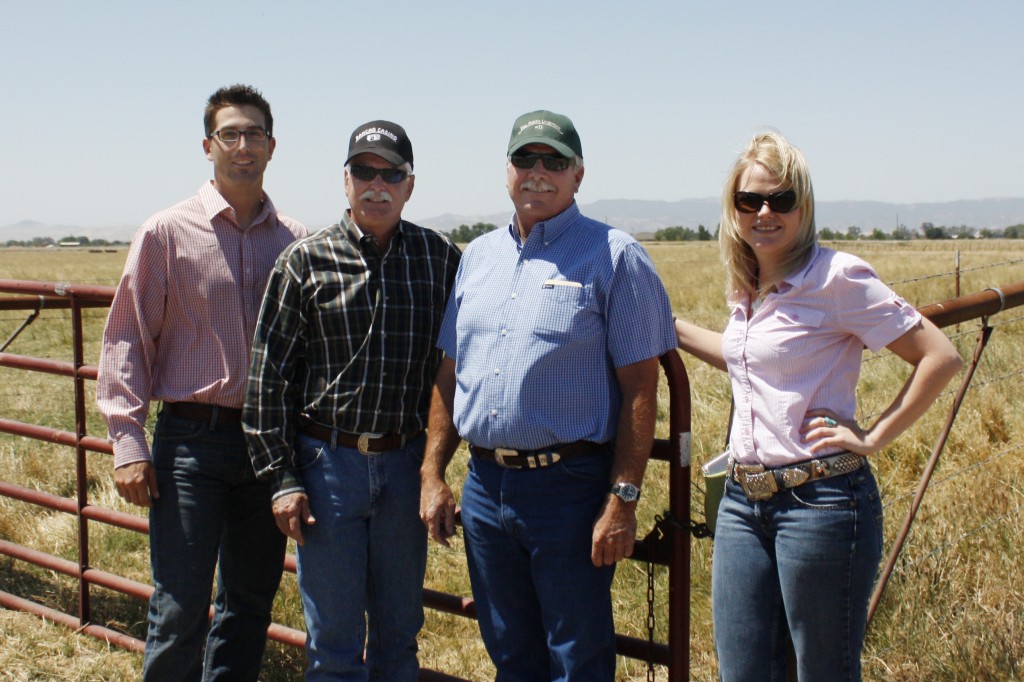
Fiction: Stranger than Truth!
I am totally appalled by the recent “pink slime” debacle that the media has created. Since the left-wing, liberal media has maligned lean, fine-textured beef (LFTB), three plants operated by Beef Products Incorporated have been closed in Waterloo, IA; Garden City, KS; and Amarillo, TX. Six hundred and fifty (650) people have lost their jobs.
Why? Why did it happen? Because ABC apparently decided that LFTB was not a safe product for consumers to eat. Never mind that it’s been around for thirty years. Never mind that FDA approved ammonium hydroxide forty years ago for food processing purposes. They have just decided that they were going to make the product, and the beef industry, the whipping boy of the week. Do people not realize that ground beef, is beef trimmings anyway? Do they not realize that ammonium hydroxide is used in a number of other food products to kill bacteria, making their food more safe? Apparently not!
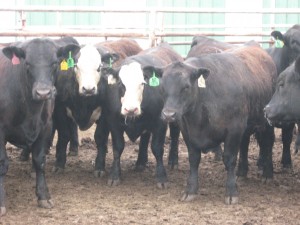
Who will be next?
My main question is this: Whom will ABC, or any other news agency that is devoid of responsible reporting, crucify next week? The week after? The week after that?
Beef industry people, lend me your ear! It is time to take a stand, time to get your “Masters of Beef Advocacy” (MBA) degree through the NCBA and become a blogger, a reporter, a beef industry expert who can be called upon to help allay the fear that our food is going to kill us.
Please, take the time to do this. It is absolutely crucial that you become active in your state and national organizations.
Become a voice for the beef industry!
~Gary
You may also like
Progress, Not Perfection
It’s a labor of love, obvious in the way she lights up explaining their family’s 33-year effort to proactively adapt Angus cows to their land. A lifetime of telling stories from the pasture or kitchen has resonated with nonfarm consumers as much as fellow ranchers. “Everything we do is about cattle, but it’s also about family and connecting our kids to the land and to the cattle,” Debbie Lyons-Blythe says.
Walter Angus Recognized as 2022 CAB Ambassador Honoree
Hudson, Colo., provides awe-inspiring views of the pristine Rocky Mountains as a backdrop to their picture-perfect cattle. It’s the ideal spot to introduce visitors to the place where beef begins. Their spirit of hospitality and work to share how they raise high-quality beef earned the Walter family the 2022 CAB Ambassador Award.
Producers Can Influence Sustainability
Sustainability is a new target for producers. While there are no plans to meet these goals yet, there is interest in how cattle can be part of the solution. It comes down to the adage, “trust but verify,” and verification will need to come from those raising beef.


